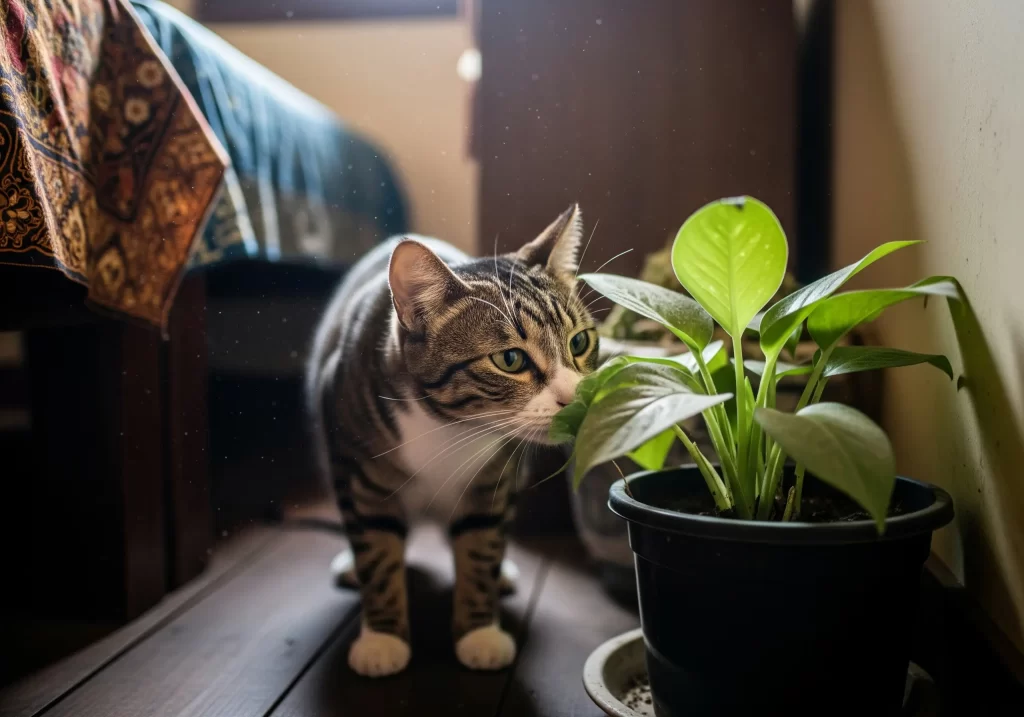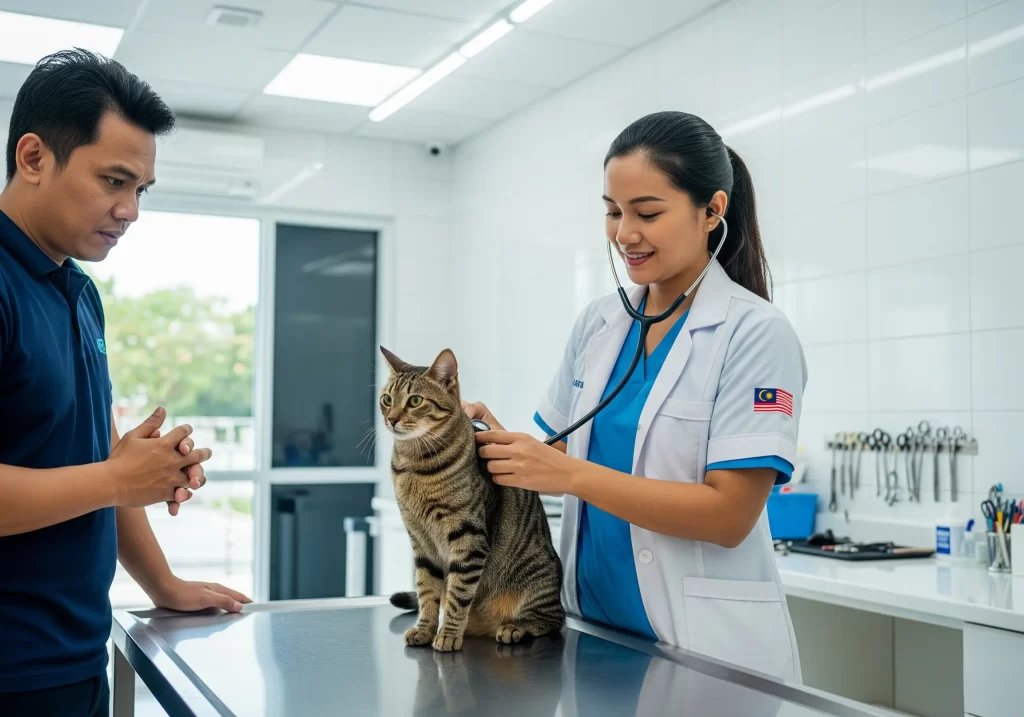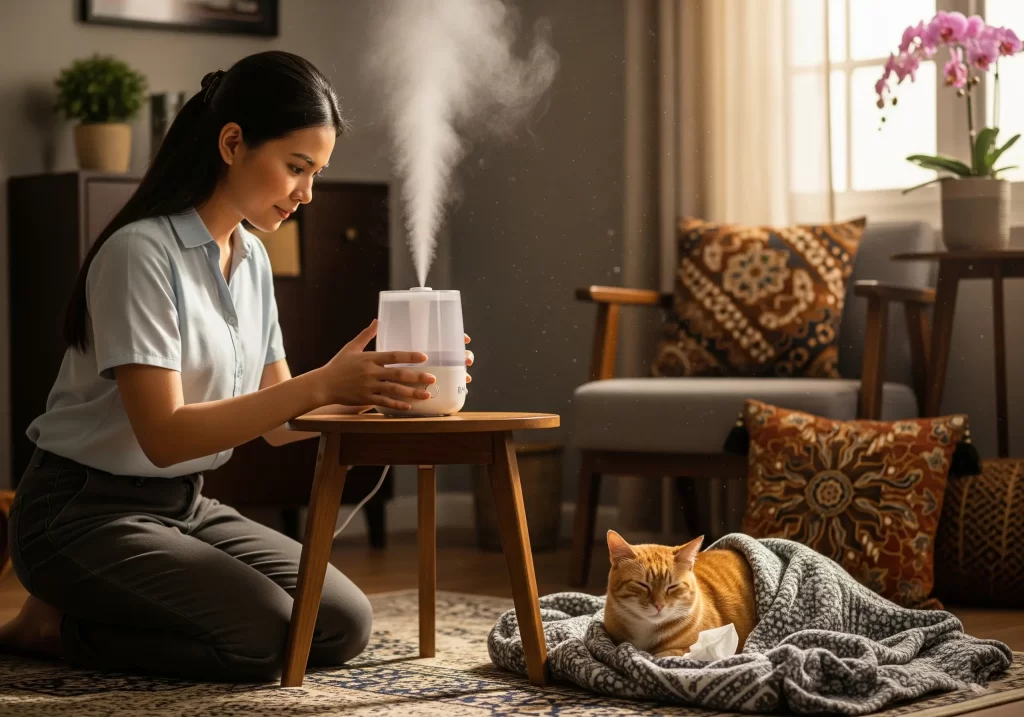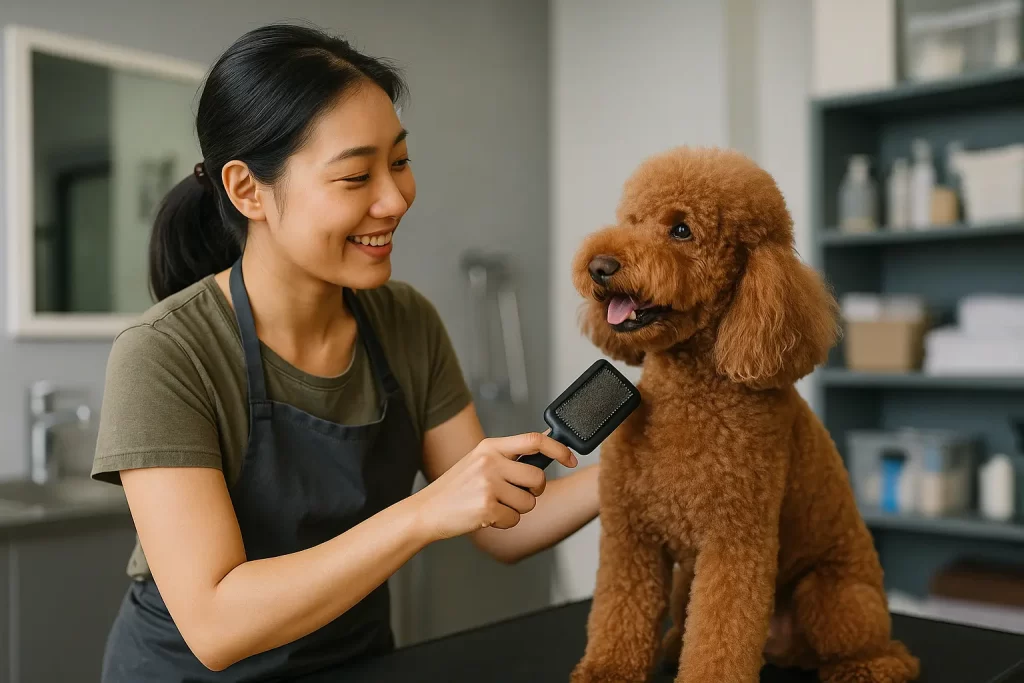Table of Contents
They Said It’s Just a Sneeze – But Is It Really That Simple?
You’re sipping your morning kopi when your cat lets out a tiny “Achoo!”
It’s cute, right? A sneezy little sound from a tiny furry nose. But the third time she does it… and then again at night… you pause.
“Is this normal?”
If you’re a cat parent living in Malaysia, especially in a humid city like KL or Penang, you’ve probably asked yourself this:
“Why is my cat sneezing so much?”
You’re not alone. One of the top concerns among Malaysian cat owners in 2025 is exactly this – cat sneezing in Malaysia.
But here’s the thing:
Not all sneezes are created equal.
Some are harmless, like a tickle from dust. Others? They might be your cat’s way of waving a red flag — a warning of a hidden illness like cat flu or even a respiratory infection.
Let’s decode what your cat’s sneezes really mean – and when it’s time to head to the vet.
This guide is packed with real stories from Malaysian cat parents, vet-endorsed remedies, and tips you won’t find on just any pet blog.
Why Is My Cat Sneezing? (And Why It Happens More in Malaysia)
First things first:
Why is my cat sneezing? This is the most searched question on Google MY when it comes to feline health, right after “cat diarrhea” and “cat won’t eat.”
In a tropical country like Malaysia, your cat is exposed to unique environmental triggers:
High humidity creates mold and dust mite buildup, which irritates sensitive noses.
Open windows + haze season? That’s PM2.5 pollution right into your cat’s lungs.
Common household irritants: incense smoke, air fresheners, strong detergents.
Fungal spores and garden dust — especially if your cat likes “window TV”.
On top of that, Malaysian homes are often cleaned using strong floor cleaners like Clorox, Dettol or bleach-based liquids — all of which can be too strong for your cat’s tiny respiratory system.
So when your cat sneezes, think: is it because of the air they breathe or something deeper?
And here’s a surprising fact: purebred cats like Persians or British Shorthairs — which are very popular in KL and Selangor — are even more prone to sneezing due to short nasal passages and genetic respiratory sensitivity.

Cat Sneezing a Lot Suddenly? Common Causes You Might Miss
If your cat suddenly starts sneezing more than usual, pay close attention.
“Cat sneezing a lot suddenly” isn’t just a random Google search – it often signals something real is going on.
Here are the 7 most common culprits for sudden sneezing in cats in Malaysia:
1. Viral infections (like Feline Herpesvirus or Calicivirus)
→ Extremely common in kittens and shelter cats.
→ Usually comes with cat flu symptoms: eye discharge, coughing, lethargy.
2. Bacterial infections
→ Often secondary, following a viral infection.
→ Can lead to thick nasal discharge, bad breath.
3. Allergies to haze or household cleaners
→ Sneezing without other symptoms.
→ Common during haze season or after mopping the floor.
4. Dental disease
→ Bet you didn’t expect this one!
→ Infections in upper teeth can spread to sinuses, causing chronic sneezing.
5. Foreign object stuck in the nose
→ Grasses, seeds, fur, even tiny insects.
→ Sudden, repeated sneezing on one side.
6. Fungal infections
→ Can be common in tropical climates.
→ Needs vet diagnosis and anti-fungal treatment.
7. Tumors or nasal polyps
→ More common in senior cats.
→ Usually accompanied by other symptoms like bloody discharge.
If your cat sneezes more than 4–5 times a day for two consecutive days, and you notice other changes like appetite loss or teary eyes — it’s time to call your vet.
When Sneezing Is Serious: Warning Signs You Shouldn’t Ignore
Okay, so your cat sneezed. And then again. And again.
But how do you know when it’s more than just a little nose tickle?
Here are 5 signs your cat’s sneezing is more than just cute:
1. Green or yellow nasal discharge
This is often a sign of bacterial infection.
2. Swelling around the nose or eyes
May indicate dental spread or sinus blockage.
3. Sneezing + loss of appetite
A red flag for cat flu or fever.
4. Sneezing + coughing or breathing difficulties
Could point to pneumonia or fungal infection.
5. Chronic sneezing (more than 2 weeks)
May indicate nasal tumor or persistent infection.
If any of these symptoms appear, don’t wait. A good pet clinic in Malaysia will do a nasal exam, blood test or even an x-ray if needed.

Cat Flu Symptoms vs. Seasonal Allergies: What’s the Difference?
In Malaysia, it’s easy to confuse cat flu symptoms with simple seasonal allergies — especially with our humid climate and year-round pollen or haze.
Here’s a quick breakdown:
| Symptom | Cat Flu | Allergies |
|---|---|---|
| Sneezing frequency | Moderate to heavy | Light to moderate |
| Nasal discharge | Yellow/green & thick | Clear and watery |
| Eye condition | Watery, red, or crusty eyes | Occasional tearing |
| Appetite | Reduced or completely lost | Normal |
| Behavior | Tired, hides, avoids play | Normal energy |
| Other signs | Fever, ulcers, coughing | Itchy skin or ears (sometimes) |
If your cat has clear discharge and is still playful — probably allergies. If they seem unwell or feverish — it might be flu, and vet help is essential.
Tried-and-Tested Cat Cold Treatment in Malaysia Homes
Let’s say your vet confirms it’s just a mild cat cold, or you’re waiting for the clinic visit — what can you do in the meantime?
Here’s what Malaysian cat parents swear by when it comes to cat cold treatment Malaysia:
1. Steam therapy (aka “Kucing Sauna”)
Let your cat sit in a closed bathroom while you run a hot shower — steam helps clear nasal congestion.
Never force your cat in. If they’re stressed, it can make things worse.
2. Keep their resting area warm & clean
A quiet corner with blankets, no fans or aircon directly blowing, and no strong smells.
3. Feed warm, aromatic food
Try heating up wet food slightly to stimulate appetite — especially tuna, anchovy, or chicken broth.
4. Hydration, hydration, hydration
Add water to wet food, use fountains to encourage drinking, or offer unsalted chicken broth.
5. Gently clean the nose and eyes
Use clean cotton pads with saline water, twice a day.
This helps reduce crusts and improves breathing.
When Should You Use Medicine? Vet-Approved Guidelines
Never self-medicate your cat with human flu meds.
Even common Panadol (paracetamol) is deadly to cats.
Here’s what Malaysian vets usually prescribe when it comes to sneezing and cold in cats:
| Medication Type | Purpose | Notes |
|---|---|---|
| Lysine Supplements | Boost immunity during viral infections | Often given in powder form, mix with food |
| Antibiotics | Only for bacterial infections | Not for viral flu unless secondary issues |
| Eye/Nose Drops | Reduce discharge, clear infection | Always vet-prescribed |
| Anti-inflammatory | Reduce fever or swelling | Must be vet-monitored |
| Nebulizer | For chronic or severe cases | Usually done at vet clinics |
🩺 Always follow dosage instructions. Malaysian cat bodies are often smaller than Western breed averages — so “Google dosage” is dangerous.
How to Prevent Sneezing: Practical Tips for Malaysian Homes
Let’s be honest — you don’t want to keep rushing to the vet every time your cat sneezes.
So here’s how to prevent cat sneezing in the first place:
Switch to natural cleaning products
Go for unscented floor cleaners or pet-safe brands like Nature’s Choice (DoFollow) or vinegar-water mix.
Clean air = healthy nose
Use HEPA air purifiers in rooms where your cat sleeps.
During haze season, close windows and use wet towels at door gaps.
Regular vet checkups
Book a wellness check every 6–12 months.
Cat flu vaccines are available in most Malaysia clinics.
Dental hygiene
Use cat-specific dental wipes or toothbrush kits to prevent sinus-related sneezing.
Avoid incense & strong perfumes
What smells “nice” to us may be overwhelming or toxic to cats.
Avoid spraying room fragrance near them.

Is It Contagious? What to Do If You Have Multiple Cats
Yes — some causes of cat sneezing are contagious, especially when it’s due to cat flu (like FHV or Calicivirus).
Here’s what to do if you have more than one cat at home:
Separate the sneezy cat
Use a different room with their own litter box, food and water.
Disinfect surfaces with pet-safe cleaners.
Wash your hands after handling them.
Monitor the other cats
Check if they begin sneezing, acting tired, or have watery eyes.
Boost their immunity with vet-approved supplements.
Inform your vet
Even if it seems mild, your vet may recommend preventive meds or observation for other cats.
Some viruses can remain in the environment or linger in the body as carriers — meaning the sneezing might return later.
Keeping indoor hygiene high is your best defense.
Common Myths About Cat Sneezing in Malaysia
Let’s bust some local myths that might do more harm than good:
“Spraying eucalyptus or balm will clear the nose”
→ Nope. Strong vapors irritate your cat’s respiratory tract — and in some cases, are toxic.
“A cat sneezing means they’re just cold”
→ Could be true, but it also might be a viral infection or allergic reaction. Don’t brush it off.
“Human flu meds can work for cats in small doses”
→ Extremely dangerous. Drugs like paracetamol or ibuprofen are fatal to cats.
“It’ll go away on its own”
→ Some sneezes do. But if it lasts over 3 days, comes with discharge or appetite loss — get a vet.
Where to Find Trusted Cat Clinics in Malaysia?
Here are some well-reviewed vet clinics that are cat-friendly and experienced with sneezing or flu-related symptoms:
| Clinic Name | Location | Google Rating |
|---|---|---|
| Gasing Veterinary Hospital | Petaling Jaya | 4.5★ |
| Pets Pavilion Veterinary | Kuala Lumpur | 4.7★ |
| VPAC – Vet Partners | Cheras, Selangor | 4.8★ |
| iVet Petcare | Setapak, KL | 4.6★ |
| MyVet Animal Clinic | Seri Kembangan | 4.5★ |
Bonus: You can also read this DoFollow guide on choosing a good vet in Malaysia for more options.
Conclusion: A Sneeze Isn’t Always Just a Sneeze
Here’s the truth:
Sneezing isn’t always just a random dust reaction.
Sometimes, it’s your cat’s way of telling you, “Something’s not right.”
In Malaysia’s tropical environment — with haze, pollen, viruses and close indoor spaces — we need to be extra aware of our pets’ little signs.
So, the next time you hear that “achoo!”, remember:
Watch how often it happens
Observe their energy and appetite
Don’t delay a vet visit if things feel off
Because your cat deserves more than just guesswork — they deserve real care.
👉 Concerned about nutrition during illness? Visit: Pet Nutrition Malaysia (2025): Can Cats & Dogs Eat Human Food Safely?



